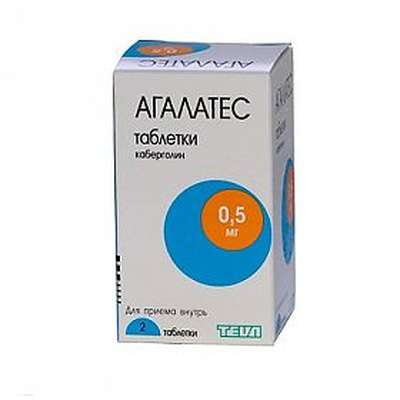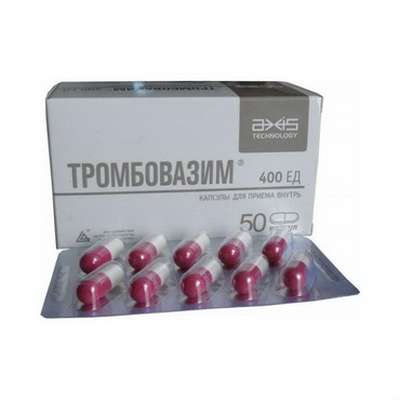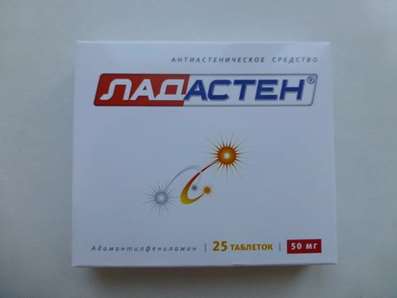Instruction for use: Basiliximab
I want this, give me price
Trade name of the drug – Simulect
The Latin name of the substance Basiliximab
Basiliximabum (genus. Basiliximabi)
Pharmacological group:
Immunosuppressive drugs
The nosological classification (ICD-10)
T86.1 Kidney transplant death and rejection: Reaction of acute rejection of a transplanted kidney; Refractory tissue rejection in patients after allogeneic kidney transplantation
CAS code
152923-56-3
Characteristics of the substance Basiliximab
Chimeric murine / human monoclonal antibodies (IgG1k), obtained by recombinant DNA technology.
Soluble in water. Molecular weight is about 144 kD.
Pharmacology
Mode action - Immunosuppressive.
Specifically binds and blocks the α-subunit of the interleukin-2 receptor complex (IL-2Rα, which is known as CD25 antigen) on the surface of activated T lymphocytes. Being an antagonist of IL-2Rα receptors, it interferes with the interaction of interleukin-2 with them. Prevents interleukin-2-mediated activation of lymphocytes and violates the immune response to the antigen. Complete blockade of the interleukin-2 receptor is maintained until the concentration of basiliximab in the serum exceeds 0.2 mkg / ml. Does not cause release of cytokines or myelosuppression.
Carcinogenicity, mutagenicity, effects on fertility
There was no mutagenic effect of basiliximab in in vitro tests (the Ames test using Salmonella and the V79 test on Chinese hamster ovary cells). Long-term studies to study the effect of basiliximab on fertility and carcinogenicity in laboratory animals have not been conducted.
After iv introduction at a dose of 20 mg Cmax - (7.1 ± 5.1) mg / l. The values of Cmax and AUC increase in proportion to the increase in the single dose (up to 60 mg). In adults, the volume of distribution in the equilibrium state is (8,6 ± 4,1) l, terminal T1 / 2 - (7,2 ± 3,2) days, total clearance - (41 ± 19) ml / h. T1 / 2 does not depend on age (in the range of 20-69 years), sex, race. In children (1-11 years old, n = 25), the volume of distribution - (4.8 ± 2.1) L, T1 / 2 - (9.5 ± 4.5) days, clearance - (17 ± 6) ml / H, in adolescents (12-16 years, n = 14) the volume of distribution - (7.8 ± 5.1) L, T1 / 2 - (9.1 ± 3.9) days, clearance - (31 ± 19) Ml / hr.
Application of the substance Basiliximab
Prevention of acute graft rejection (as part of combined immunosuppressive therapy with cyclosporine and glucocorticoids) in patients with a transplanted kidney.
Contraindications
Hypersensitivity.
Pregnancy and breast-feeding
There was no maternal toxicity, embryotoxicity, teratogenicity in monkeys Cynomolgus when administered basiliximab. Immunotoxicological studies in the offspring were not conducted.
Given that basiliximab is immunoglobulin G (IgG1k), and IgG molecules pass through the placental barrier, and the fact that the IL-2 receptor can play an important role in the development of the immune system, use in pregnancy is possible if the expected effect of therapy exceeds Potential risk to the fetus. Adequate and strictly controlled studies in pregnant women have not been conducted.
Women of childbearing age should use effective methods of contraception before the beginning of therapy, and also within 4 months after its termination.
The action category for fetus by FDA is B.
Breastfeeding women need to decide whether to stop breastfeeding (it is unknown whether basiluximab penetrates into breast milk.) Many drugs, including human antibodies, are excreted into women's breast milk. There is a potential risk of adverse effects.)
Side effects of Basiliximab
According to four randomized, double-blind, placebo-controlled clinical trials, 96% of patients (in the group receiving the drug and in the placebo group) experienced side effects. The most frequently observed adverse effects on the part of the gastrointestinal tract (69%, in the placebo group - 67%).
On the part of the digestive tract: ≥10% - constipation, abdominal pain, nausea, vomiting, indigestion, diarrhea; 3-10% - esophagitis, flatulence, gastroenteritis, gastrointestinal bleeding, gingival hyperplasia, melena, ulcerative stomatitis.
From the nervous system and sensory organs: ≥10% - tremor, headache, insomnia; 3-10% - asthenia, malaise, dizziness, neuropathy, hypoesthesia, paresthesia, agitation, anxiety, depression, cataracts, conjunctivitis, visual impairment.
From the side of the cardiovascular system and blood (hematopoiesis, hemostasis: ≥10% - hypertension, anemia, 3-10% - aggravation of hypertension, hypotension, angina, heart failure, chest pain, arrhythmia, atrial fibrillation, tachycardia, vascular diseases, Hematoma, hemorrhage, purpura, thrombocytopenia, thrombosis, polycythemia, leukopenia.
On the part of the respiratory system: ≥10% - dyspnea, upper respiratory tract infections; 3-10% - bronchitis, bronchospasm, cough, pharyngitis, pneumonia, lung disease, pulmonary edema, rhinitis, sinusitis.
From the musculoskeletal system: 3-10% - back pain, myalgia, arthralgia, arthropathy, fractures, convulsions.
On the part of the genitourinary system: ≥10% - urinary tract infections; 3-10% - edema of the genitals, impotence, albuminuria, bladder diseases, dysuria, frequent urination, hematuria, increased non-protein nitrogen, oliguria, renal dysfunction, tubular necrosis of the kidney, ureteral diseases, urinary retention.
From the skin: ≥10% - acne, surgical wound complications; 3-10% - herpes simplex, herpes zoster, hypertrichosis, skin diseases, skin ulceration.
Allergic reactions: 3-10% - itching, rash, edema of the face, generalized edema.
Other: ≥10% - pain syndrome, peripheral edema, fever, viral infection, hyperkalemia / hypokalemia, hypercholesterolemia, hypophosphatemia, hyperuricemia; 3-10% - accidental trauma, infection, moniliasis, leg edema, chills, sepsis, acidosis, dehydration, hypercalcemia / hypocalcemia, hyperlipidemia, hypertriglyceridemia, hypoglycemia, hypomagnesemia, hypoproteinemia, weight gain, cyst.
Malignancy. In controlled clinical trials with kidney transplantation, a significant increase in the number of malignant lymphoproliferative diseases in patients with basiliximab was not observed (the frequency was <1%). However, one cannot exclude the increased risk of malignant diseases when using immunosuppressive therapy.
Infections. The total number of cytomegalovirus infections was similar in patients with basiliximab (17%) and placebo (15%) who received double or triple immunosuppressive therapy. However, in patients with triple immunosuppressive therapy, the incidence of severe cytomegalovirus infection was higher (11%) than in the placebo group (5%).
Postmarketing research. Expressed acute hypersensitivity reactions, including anaphylaxis, characterized by hypotension, tachycardia, heart failure, dyspnoea, wheezing, bronchospasm, pulmonary edema, respiratory failure, urticaria, rash, itching and / or sneezing, as well as cytokine release syndrome, have been observed in use Basiliximab.
Interaction
In clinical trials, when co-administered with other immunosuppressants (including azathioprine, corticosteroids, cyclosporine, mycophenolate mofetil), no interaction has been reported.
Routes of administration
IV.
Special instructions
Basiliximab can be used only by physicians with experience of immunosuppressive therapy after organ transplantation. Patients should be warned about the possible risk associated with carrying out immunosuppressive therapy.
During and for a short time after basiliximab infusion, heart and lung function monitoring is needed (to prevent possible anaphylactoid reaction).
There have been cases of development of hypersensitivity reactions, including anaphylaxis, both for the first and second administration of basiliximab. In the case of developing hypersensitivity reactions, further use of basiliximab is contraindicated.
When using basiliximab, the risk of wound infection is increased. It should be noted that in patients receiving immunosuppressants, the risk of systemic infections, lymphoproliferative and malignant diseases is increased.
With care, patients are prescribed infectious diseases (possibly exacerbation), malignant tumors, incl. In the anamnesis (immunosupression raises probability of tumoral diseases). Dental interventions should be completed as far as possible before the start of therapy, with care to be carried out during treatment (possibly increasing the incidence of microbial infections, slowing healing processes).

 Cart
Cart





